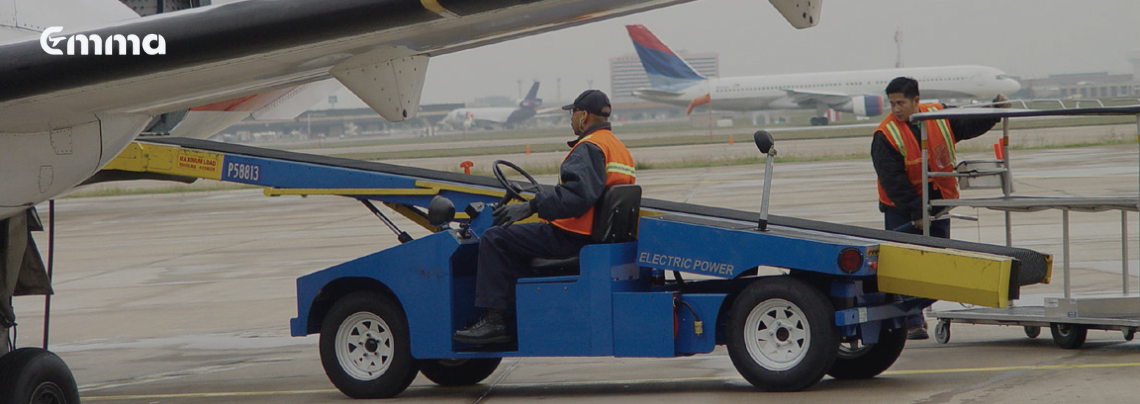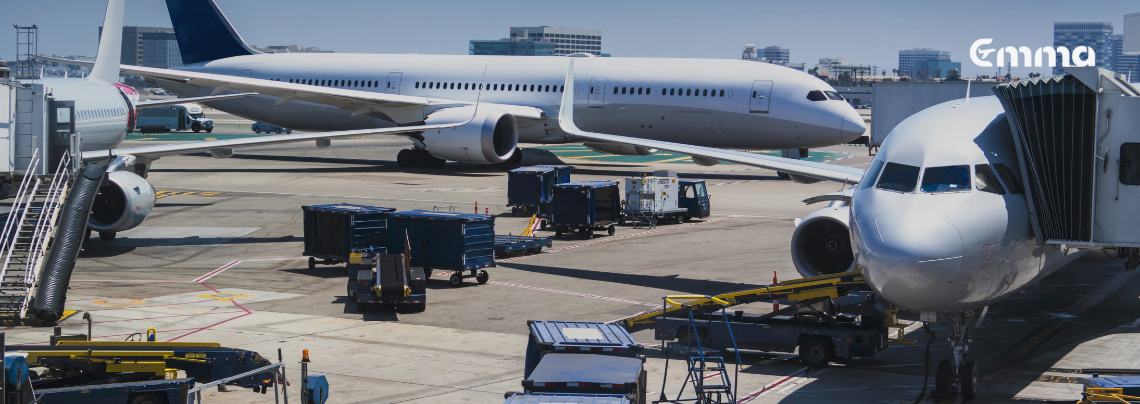China’s Green Aviation Vision: A Conversation with David Ma

Aviation is growing fast, and so is the need for sustainable solutions. China is taking bold steps to make aviation greener by reducing emissions and improving efficiency. To understand how, The Aviation Reporter spoke with David Ma, Senior Advisor for Energy Transition at the Energy Corporation Program (ECP). He shares insights on China’s plans, challenges, and the future of green aviation.
Shaping China’s Aviation Sustainability
Your career spans both civil aviation and energy transition. How did you become involved in sustainable aviation?
I’ve spent years working in the civil aviation industry, specifically focusing on energy efficiency and emissions reduction. Early in my career, my work centered on optimizing airport operations, such as replacing Auxiliary Power Units (APU) with Ground Power Units (GPU) and shortening flight routes to cut fuel consumption.
As sustainability became a global priority, I expanded my focus to international collaboration. I engaged with ICAO, the United Nations Framework Convention on Climate Change (UNFCCC), and the EU’s Emissions Trading System (EU ETS) to help align China’s aviation sector with global climate objectives. Today, at ECP, I support China’s clean energy transition, with a particular focus on decarbonizing industries, including aviation.
The Five-Year Plan: A Blueprint for Change
China’s five-year plans are key to setting national goals. How does aviation fit into this strategy?
The Civil Aviation Administration of China (CAAC) develops a plan every five years to guide aviation growth and sustainability. It sets clear goals for emissions reduction, energy efficiency, and innovation.
The process involves experts, industry feedback, and public consultations. Once finalized, airlines and airports must create their own plans to align with these national goals.
What Are the Key Areas of Green Aviation in China?
What are the biggest steps China is taking to make aviation more sustainable?
China is focusing on three main areas:
- Sustainable Aviation Fuel (SAF) – Developing cleaner fuels to replace traditional jet fuel.
- Carbon Market Integration – Expanding China’s carbon trading system to aviation, making airlines offset their emissions.
- Better Air Traffic Efficiency – Improving air traffic management to reduce delays, save fuel, and cut emissions.
These steps align with China’s larger climate goals and global sustainability efforts.
Will China Stick to Its Green Goals?
Some countries are slowing down their green transition plans. Will China stay committed?
Yes, China’s goals are set in policy and won’t change. The dual carbon strategy—peaking carbon emissions before 2030 and reaching carbon neutrality by 2060—is a national priority.
Unlike some regions that are rethinking sustainability, China sees clean energy as a necessity. We are investing heavily in solar, wind, and battery technologies, and aviation is part of this shift.
How Does China’s Plan Fit Into Global Aviation Goals?
Aviation is global. How does China work with other countries on sustainability?
China actively participates in ICAO’s climate programs and is working on CORSIA (Carbon Offsetting and Reduction Scheme for International Aviation). We also collaborate with governments and private companies through platforms like ECP, ensuring China’s aviation transition aligns with international efforts.
The Role of Carbon Markets in Aviation
China’s carbon market is growing. What does that mean for aviation?
Right now, China’s carbon trading system covers the power sector, but aviation will be included soon.
Airlines will have to track, report, and offset emissions, creating a financial incentive to cut carbon footprints.
This will push airlines to invest in cleaner aircraft, SAF, and efficiency improvements while still allowing the industry to grow.
Where Is China’s Aviation Sustainability Headed?
By 2035, China will be the world’s largest aviation market. What’s the long-term vision for green aviation?
The focus is on:
- Scaling up SAF to replace fossil-based jet fuel.
- Expanding the carbon market to make sustainability a standard.
- Optimizing air traffic operations to reduce waste and inefficiencies.
China is not just following global trends—we are helping set the direction for sustainable aviation.
China’s aviation industry is undergoing a major shift toward sustainability. By combining government planning, new technologies, and international cooperation, we are building a cleaner, more efficient aviation sector.
The road to net-zero aviation is challenging, but with the right policies and investments, China is on track to lead the world in green aviation.
Thank you, David Ma, for sharing your insights. As aviation evolves, China’s role in shaping a greener future will be crucial.



